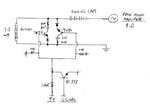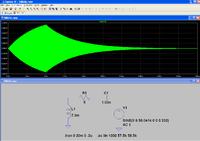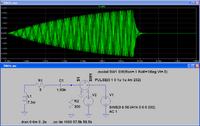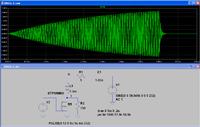Robert T
Member level 1
I have an amplified signal at 58kHz being transmitted through a coil antenna. The voltage across the antenna is 1600 volts RMS. A switching circuit is used to clip the ring down of the antenna however I am having a lot of trouble getting the switch to work. Sometimes it does not switch, other times the switch is on during the TX and there is little transmission on the antenna. The switch shorts across the antenna to remove the ring down.
I have tried using a triac (great for current going both ways but at this frequency does not get time to recover so stays on).
Recent attempts are with a pair of TIP50 transistors, another using Mosfets.
If anyone can help with the design, that would be greatly appreciated as this part is critical to completing the project. Has been a thorn in the side for a long time.
Thanks, Robert


I have tried using a triac (great for current going both ways but at this frequency does not get time to recover so stays on).
Recent attempts are with a pair of TIP50 transistors, another using Mosfets.
If anyone can help with the design, that would be greatly appreciated as this part is critical to completing the project. Has been a thorn in the side for a long time.
Thanks, Robert










